
Every word counts. Every impression matters. For writers and artists alike, capturing the right impression at the opportune moment is key.
I spent my summer around Bristol and in the North of England. The weather was not great so going to the beach was out of the question, let alone have a swim, a favourite activity of mine. So when the sun made its first, lasting appearance around mid-August, I thought perhaps I would, after all enjoy Morecambe Bay, my last destination. Sadly, as I quickly found out, Morecambe is not a place for swimmers or beachgoers!
Morecambe is located north of Liverpool and enjoys close proximity to Lancaster and the beauties of the Lake District. It had its heyday at the end of the 19th and the beginning of the 20th century when rail travel made it closer to the rest of England. The bay even became a hot spot for short seafront getaways due to the mild influences of the Gulf Stream. Morecambe and its bay were nicknamed the Eden of the North, and slogans such as “Stay in the UK, don’t go away” date back to then.
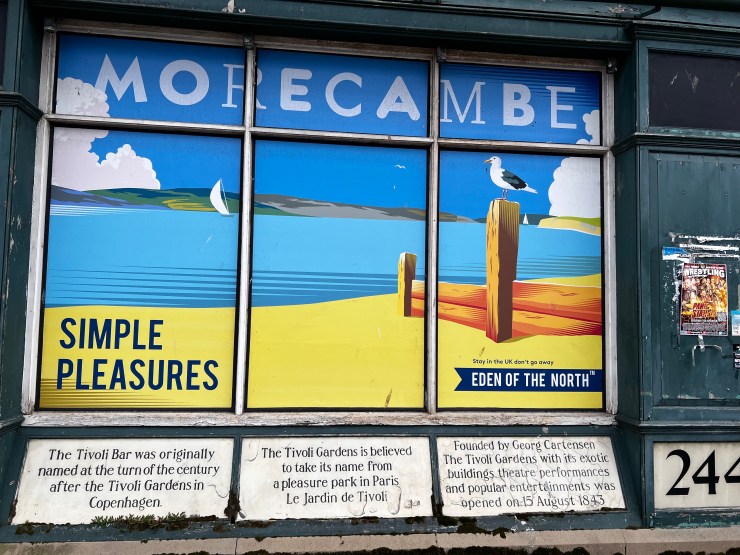
I had already noticed that there were no beaches where swimming was allowed near Bristol. Lovely seaside towns such as Clevedon and Portishead, for example, have a marine lake and a lido, respectively, but but to actually manage to swim off the rocky beaches when the sand goes all squishy, and your feet virtually disappear when you walk on it is quite a feat. How frustrating!
A dear friend who lives near Manchester had indeed warned me about strong currents, rip tides, and quicksands in Morecambe. But I had already booked my stay and maybe I was spurred on by curiosity! In fact, the largest expanse of intertidal mudflats and sand in the United Kingdom, covering a total area of 120 sq miles is there!
But that’s not all. In Morecambe Bay, the tide comes in “as quick as a galloping horse”, much in the same way as in France’s Mont St Michel, on the dividing line between Brittany and Normandy.
So I decided to try and enjoy excursions to the Lake District and Liverpool instead, and forget about the beaches of the North of England, just to be on the safe side!
My resolve did not last though. I am so fond of the seaside that I had to see for myself, something always draws me to the sea. So I made my way to the seafront!
Much to my surprise, the sea promenade itself did not look tacky at all, as can be the case in Blackpool or Weston-super-Mare! After walking for a few yards into the walk I came across a poster on the beach. A warning from the Maritime & Coastguard Agency: Danger!
If quicksand doesnt’ get you… The tide will!
That was enough to fuel my anxiety even further! Then an idea sprang to mind that turned out to be a fantastic antidote to boredom. Because I was going to be deprived of swimming, I thought I would use the opportunity to capture the bay in pictures. So I started looking at the beach from close up and through the retina lens of a smartphone. And that gave me enough food for thought and for a post!
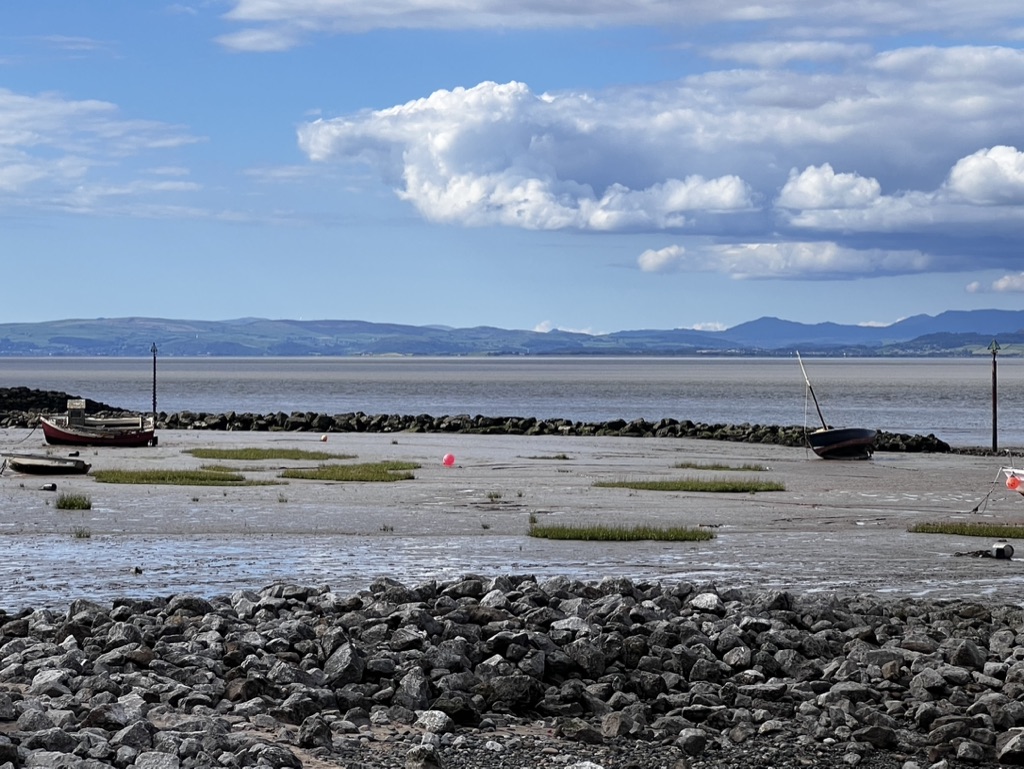

As I endeavoured to capture the light, I started to reflect on impressions. What do photography and cinema, what does painting have in common with the art of writing? Expressions. It is true that when I write Q&As, namely for the Cannes World Film Festival, my interview questions are very much informed by the emotions and impressions I see on screen.
Photographic and cinematic expressions are very similar to linguistic ones. One can conjure them up only when the correct, almost mirror-like setting is in place. They respond to the eye of the photographer or that of the writer, combined with perfect timing. An imaginative and creative flow feeds off the right inspiration and a favourable ensemble of words, expressing an apt impression of carefully selected sounds and sights.
In “Rain, Steam and Speed”, or “Fishermen at Sea”, William Turner brought to the world vivid impressions of the striking beauty of English skies. Claude Monet sat through storms and downpours, dabbing at his canvas, pondering over the cliffs of Étretat in Normandy to capture the perfect impressions, to a state of emotional breakdown, thus inventing the impressionist technique.
Behind his camera lens, Doisneau fell in love with one fleeting instant out of a thousand ones, and the expressions of his photographic subjects in each snapshot. “Le Baiser” would never have to this day been considered one of the most poignant photographs of all time.
Capa and Cartier-Bresson, as founders of the Magnum agency, were scarred by images of the war and felt compelled to share their impressions. In the one and only “À bout de souffle”, Jean-Luc Godard gave Jean Seberg a unique platform to express her flippant, androgynous, and gender-neutral beauty, still a reference today for professionals and impressionable teenagers alike.
We are very far from AI here, thank God! How refreshing 🙂
In the following gallery, it’s easy to spot how quickly colours, hues and impressions change in each moment, and according to the focus, the angle and of course, the intent:



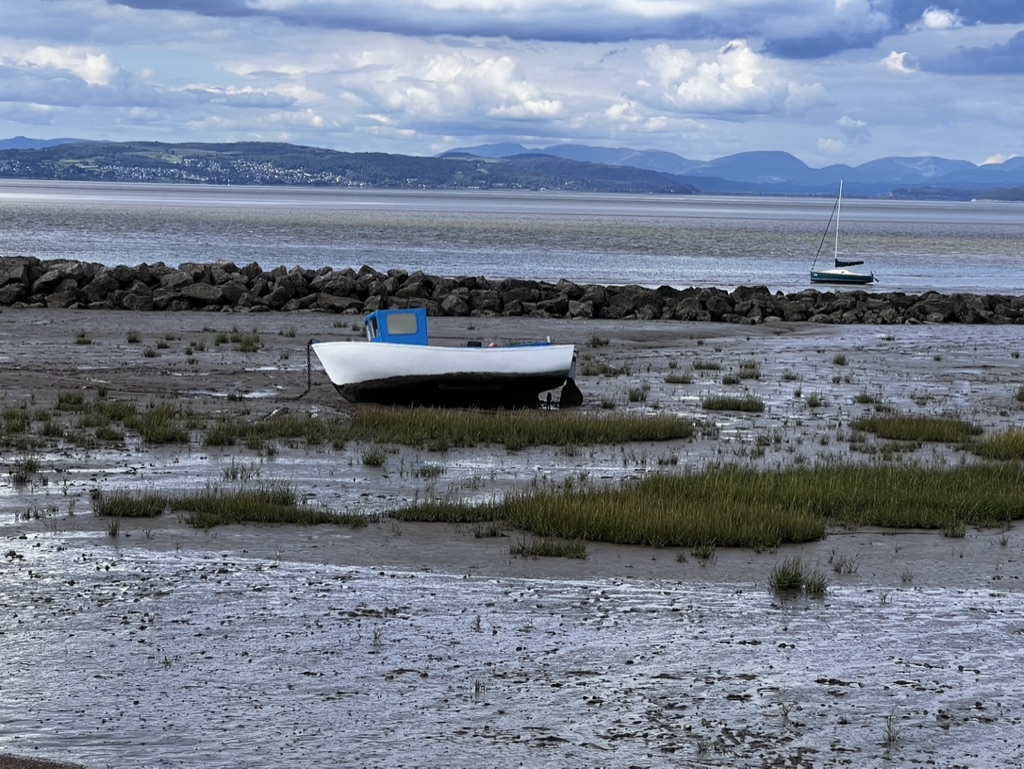

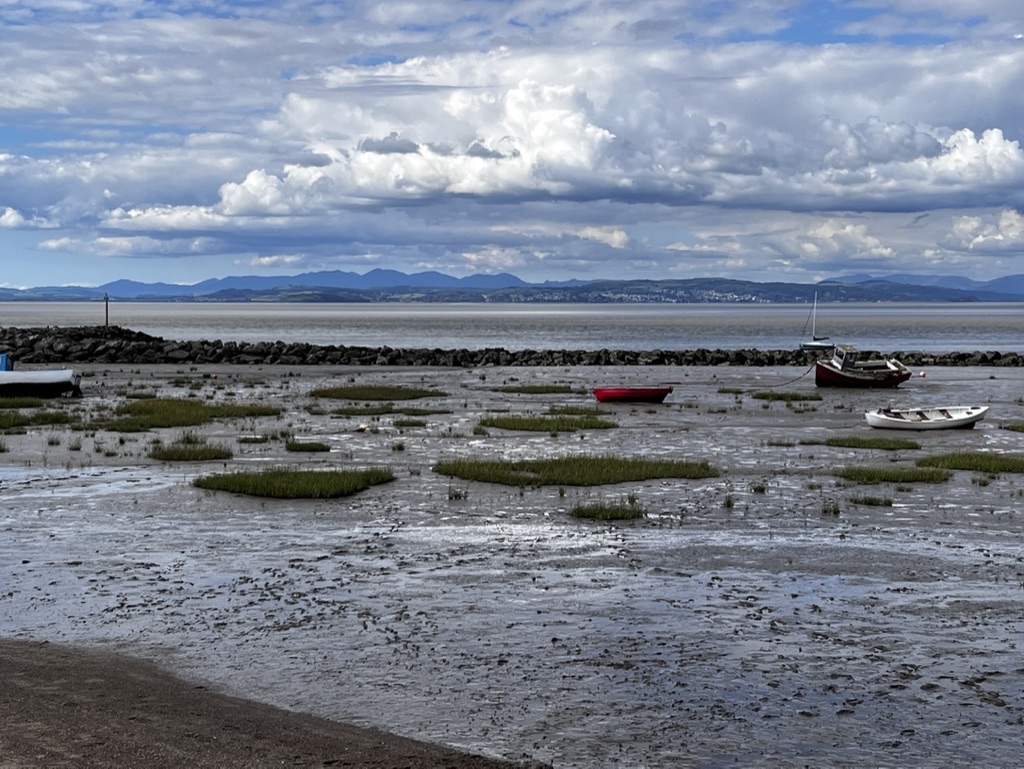

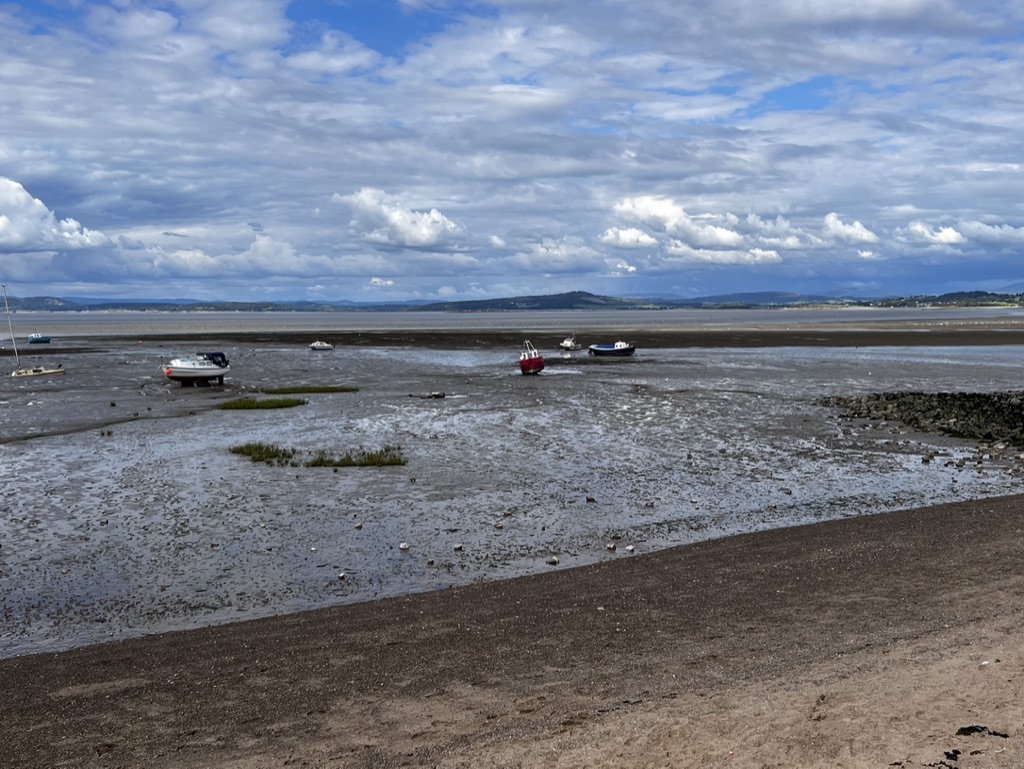
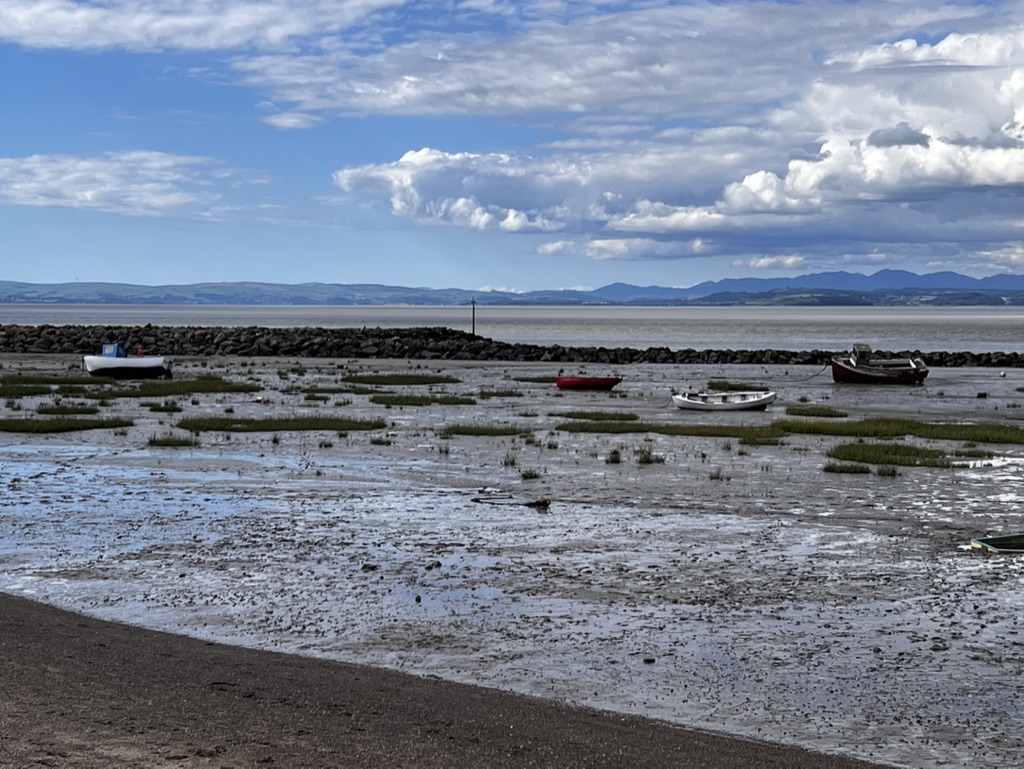
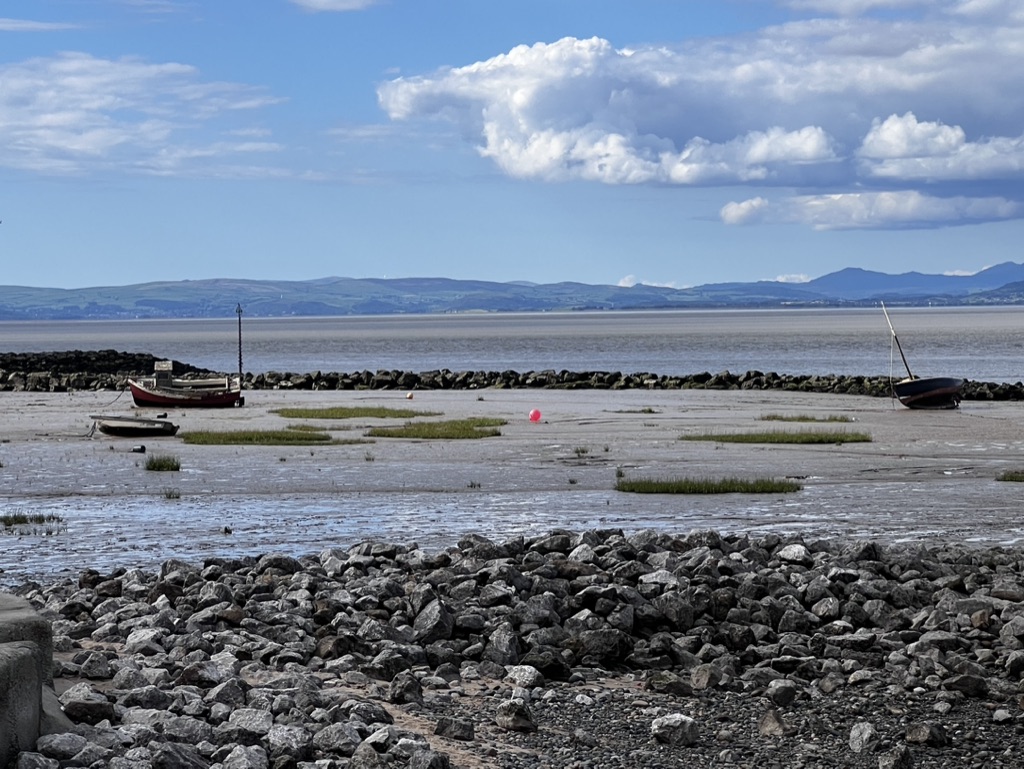
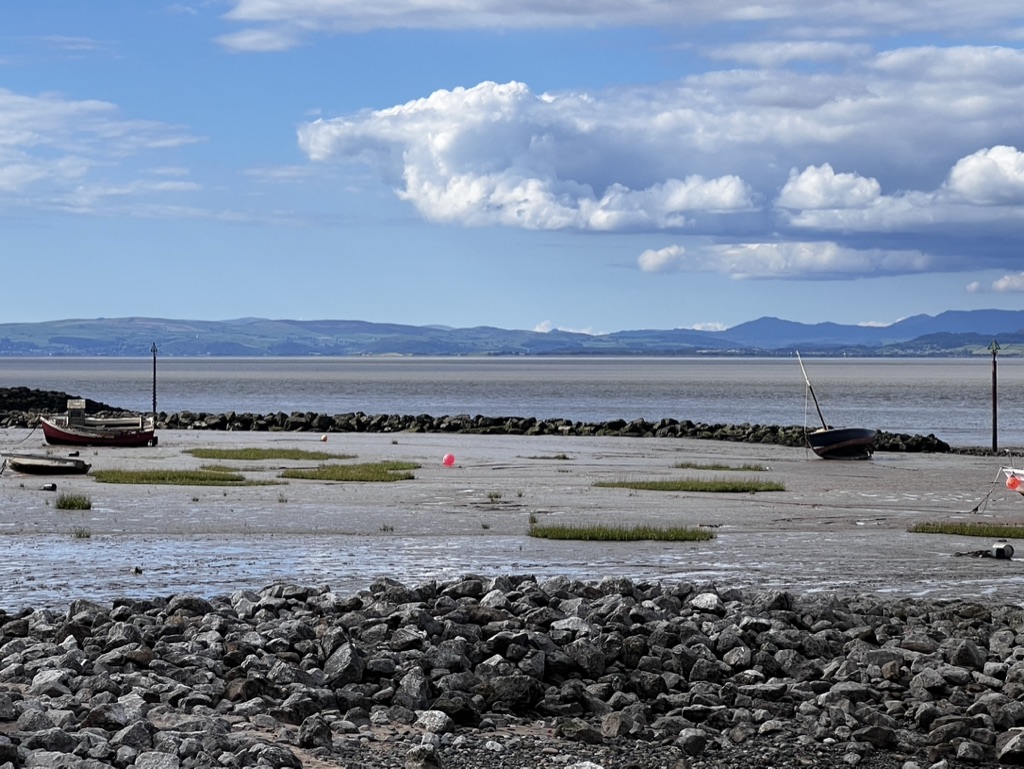

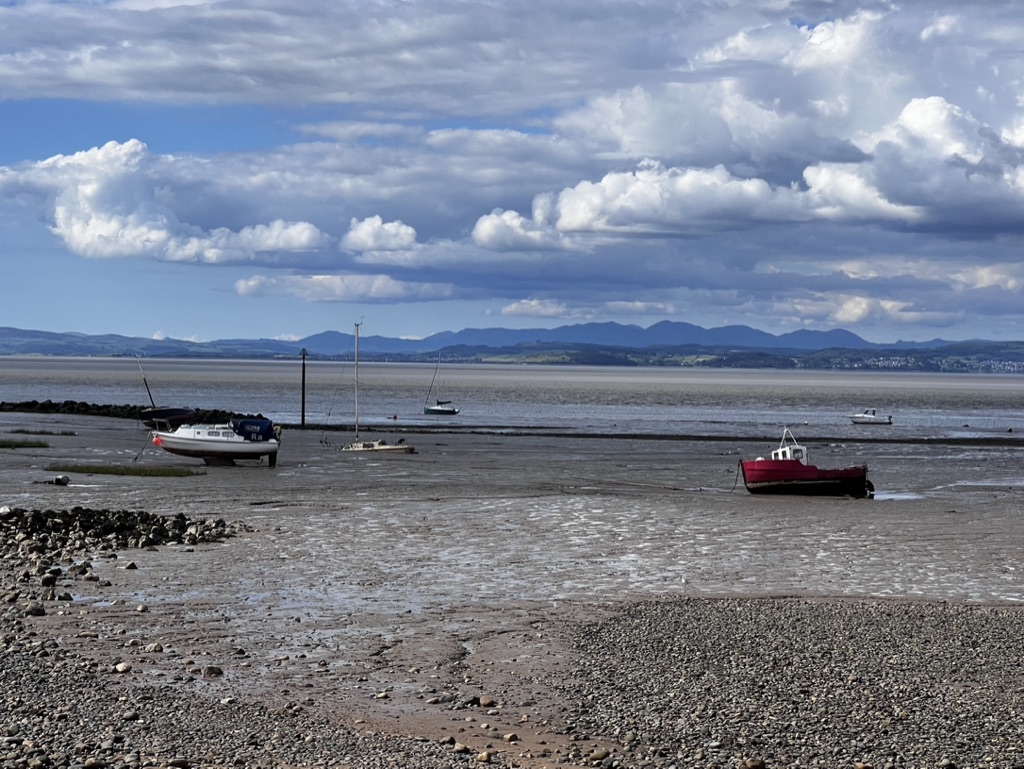
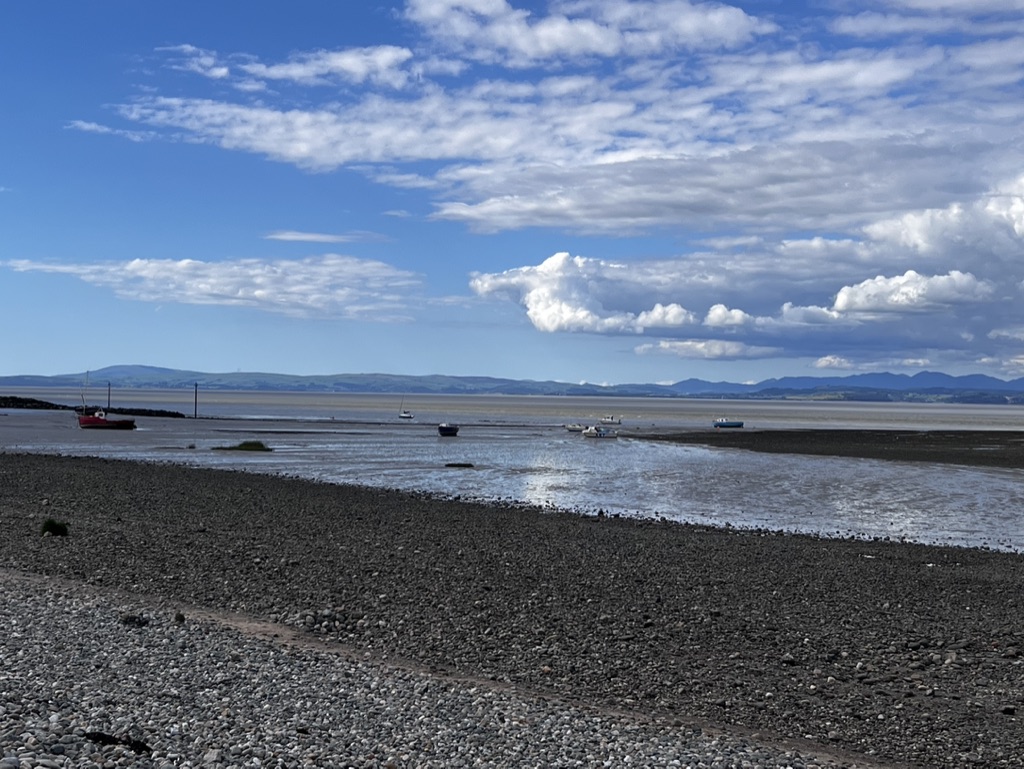
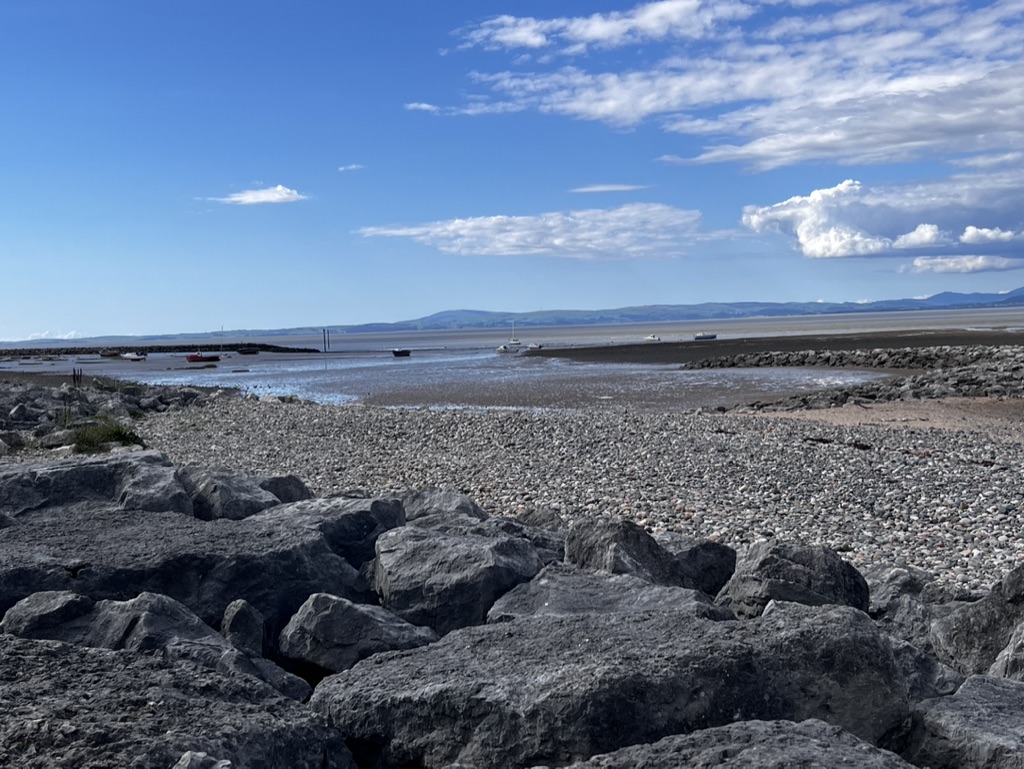

From beginning to end, the intensity of the emotion governs the creative process. To impress the emotion you want to convey to your audience, seize the moment!
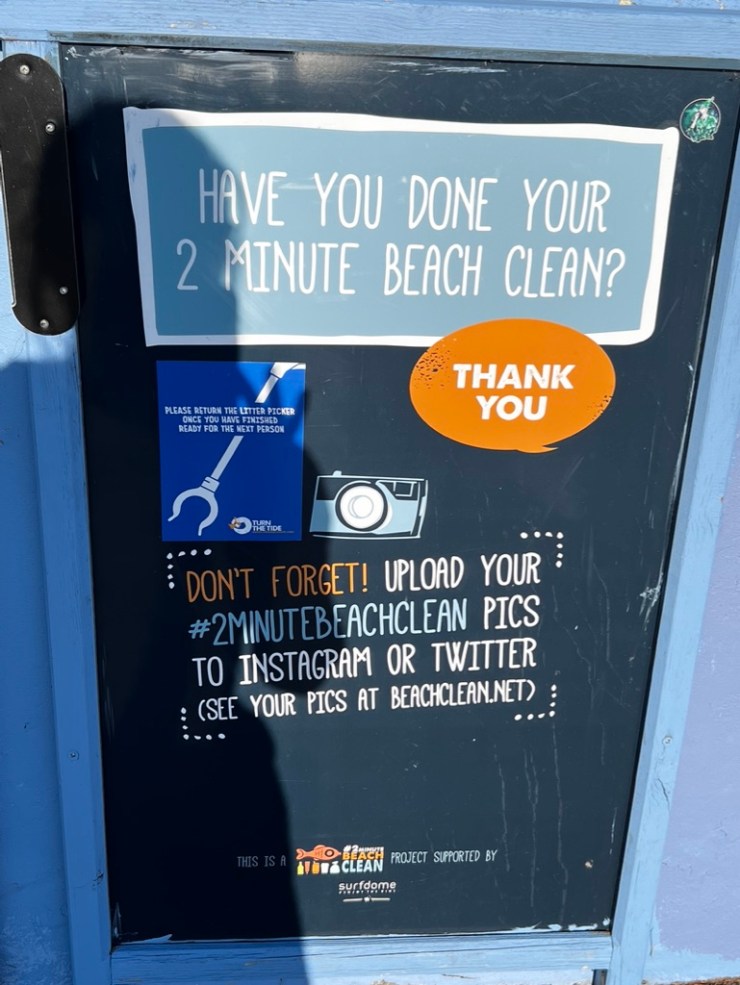
A clean beach is the ideal environment to clear the mind!


Published by